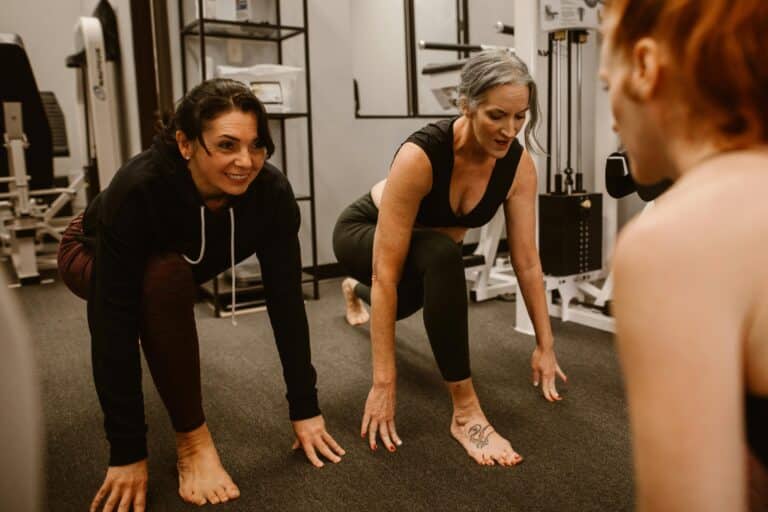Local organizations offer touch tours and audio description
Brett Shishkoff goes to the theater, enjoys museum exhibits, attends the opera and swims with friends. He’s also blind.
“All the world’s a stage,” Shakespeare wrote in As You Like It. Until recently, however, Chicago stages didn’t make it easy for those who were blind or visually impaired.
But in 2015, the Chicago Community Trust brought together Chicago arts community leaders to address accessibility for patrons with disabilities. The summit opened the door for many individuals who didn’t have a way to experience cultural offerings throughout the city.
Years before the summit, Evan Hatfield, director of audience experience for Steppenwolf Theatre Company, had been quietly working on a smaller program with a similar mission.
“We started really focusing on our accessibility programming back in 2009 when we realized that there is a very deeply seated, genuine sense of welcome we wanted to extend to our entire audience. [We weren’t] reaching a community of people with disabilities,” Hatfield says. “Without any real command of budget, we started looking into ways that we could enhance the experience of these communities while also doing really concerted outreach.”
Steppenwolf started to employ touch tours, which allow those who are blind or have low vision to touch costumes or props used during the production. They also developed a team of audio describers, people who provide a live narration service (delivered to headphones worn by the guests) that describes action scenes and key props during a performance.
Meaningful tours
Recently Shishkoff enjoyed touch tours, also called graphic imaging tours or tactile tours, at the Lyric Opera’s performance of Richard Wagner’s Das Rheingold and at the Chicago History Museum’s exhibit, “Lincoln’s Undying Words”—things he didn’t think he’d be able to do after he completely lost his sight in 2014.
“It was pretty cool to feel the costumes, wigs and other props that the performers would be using,” Shishkoff says. “This really helped me to visualize what was going on and [understand] what things the audio describer was describing. I also went to the Goodman Theatre to see War Paint. … The theater [staff] was extremely helpful with getting me around the theater for both the touch tour part and grabbing drinks and using the facilities.”
Shishkoff brings those experiences to life for others who are visually impaired or blind as a production intern/field reporter for CRIS Radio, part of the Chicago Lighthouse, a non-profit organization that serves the blind, visually impaired, disabled and veteran communities. CRIS Radio provides daily readings of newspapers and periodicals for listeners with a wide range of disabilities.
Lessons learned
At Steppenwolf, Hatfield discovered a lot through his initial attempts. He recalls a guest who gave him feedback after the first performance with a touch tour. He had seated the guest on the side, presuming that because the guest couldn’t see, the seat location didn’t matter. What he found out surprised him.
Hatfield learned that it’s crucial to offer seats that are central and close to the stage, so people at different points of the sight spectrum can take advantage of the sight they do have. “Secondly, the audio, the soundscape of the show, becomes much more significant when you’re relying on that sense to access information,” he adds.
Most people assume that if someone is blind or visually impaired, all they see is black or darkness. That’s usually not the case. There is a wide range of vision among those who are visually impaired or blind, according to the American Foundation for the Blind. Many have the ability to see objects with special aides, and most people who are blind have some light perception.
Opening doors and access
As much as organizations want to make their cultural performances more accessible, cost and access to equipment are often barriers, so Steppenwolf has begun loaning its equipment.
“Last year alone, our loan of equipment to other organizations facilitated 58 dates featuring audio description at 18 other organizations,” Hatfield says. “Organizations include the Lyric Opera, Shedd Aquarium, Lookingglass Theatre, Chicago Shakespeare Theater and Chicago Children’s Theatre.”
Other organizations beyond the theater are also starting to incorporate touch and audio into their offerings for those with visual disabilities.
For those who are visually impaired or blind, the Chicago Architecture Foundation (CAF) offers a walking tour that includes six buildings from the 1890s to the 1970s. Working with the Chicago Lighthouse staff, CAF designed a tour that includes custom-made 3-D printed models of the buildings, along with other opportunities to experience textures, materials and shapes that help explain the features of each building.
The Shedd Aquarium is also working to improve its experience for those who are blind or have low vision. Staff members are developing a tactile tour and have recently implemented an audio description program for the aquatic presentation, says Kris Nesbitt, Shedd’s senior director of exhibits and experience development.
“When it comes down to it, accessibility programming for people with disabilities is just a natural extension of any hospitality program,” Hatfield says. “The challenge for every organization is to identify the points in the path that stand between the guest and a quality experience with an organization, and then [for us to] work with them to remove those obstacles.”
Originally published in the Spring 2017 print edition










